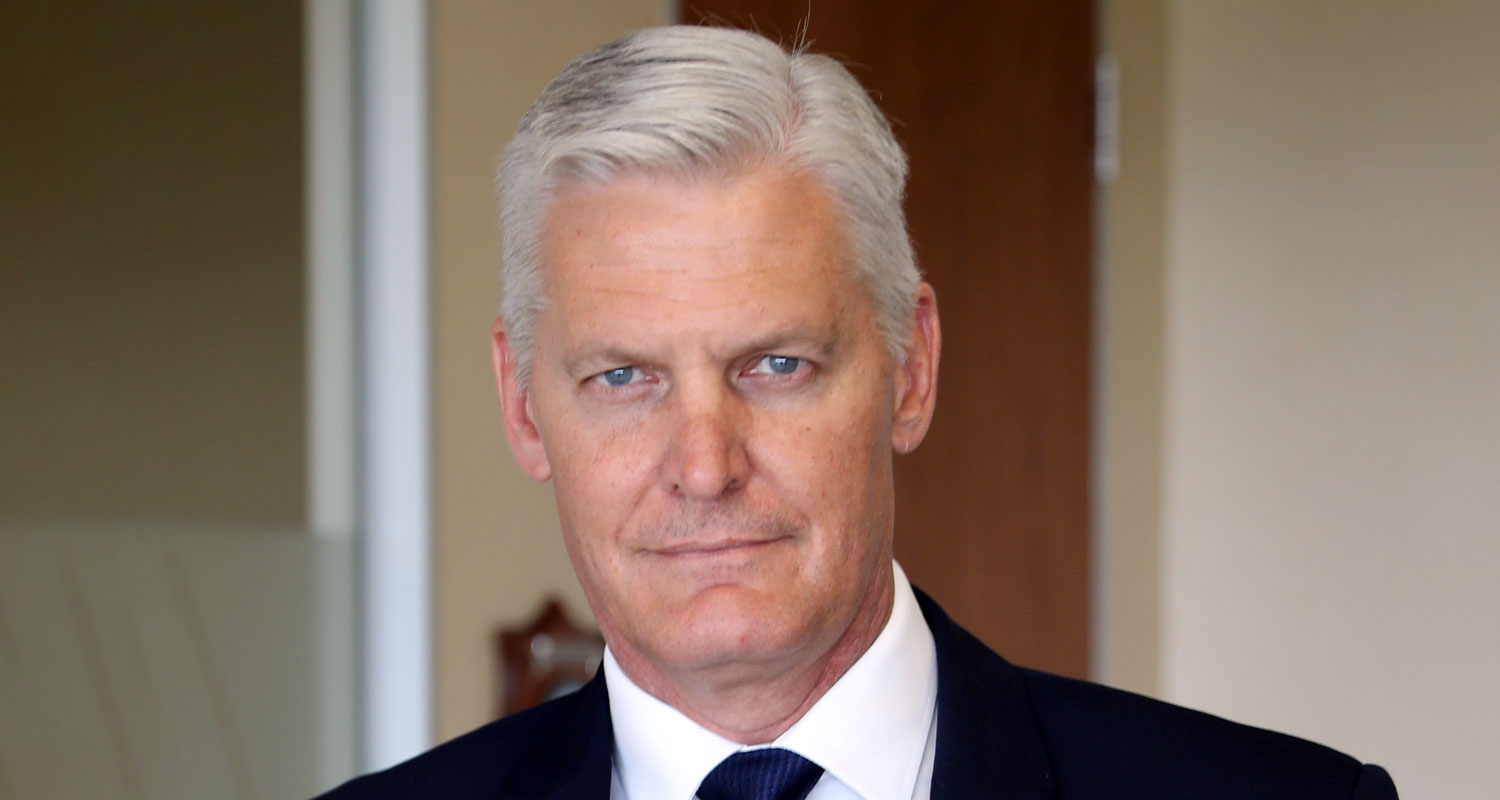
Eskom chief operating officer Jan Oberholzer has warned that the current bout of load shedding – currently at stage 3 during the evening peaks – could get worse if there are further plant breakdowns.
The state-owned electricity utility is struggling with unplanned breakdowns in its ageing coal-fired generating fleet. Maintenance at the Koeberg nuclear power station is also contributing to the situation where demand exceeds supply during the evenings.
“Because of the unreliability and unpredictability of our system, should something drastic happen we may be forced to increase the stage of load shedding to stage 4,” Oberholzer said at a media briefing on Monday. Stage 4 would mean 4GW of capacity is cut to maintain the stability of the national grid and would cause significant disruption to the economy.
Oberholzer warned, too, that although daytime load shedding is not currently expected, it may become necessary if there are further losses of generating units this week.
At the same media briefing, Eskom CEO André de Ruyter said unplanned outages, including partial load losses, amounted to 16.3GW as of Monday morning. With an evening peak demand of about 31GW expected, there is a “significant shortfall” in generating capacity, De Ruyter said.
Eskom expects to cut the power at stage 3 on both Monday and Tuesday evenings between 5pm and 10pm, and to continue the power cuts each evening for the remainder of the week at stage 2.
De Ruyter said problematic power stations include:
- Matla, where there are two units out of service;
- Mathimba, where there is a problem with the cooling fans, causing partial load losses;
- Majuba, where two units are out and where there are 511MW in partial load losses;
- Lethabo, where two units are out on unplanned outages and another is out on planned maintenance, leading to 1.5GW in losses at a “normally highly reliable” power station;
- Kusile, which is delivering only 514MW to the grid, with total outages of unit 1 and unit 3. Unit 1 has experienced significant problems related to the flue-gas desulpherisation technology deployed at the plant and Eskom has brought in the original equipment manufacturer to help solve the problem; and
- Kriel, where two units are completely out in addition to partial load losses of 300MW.
Oberholzer said Eskom is making extensive use of its diesel-burning open-cycle gas turbines and its pumped-storage schemes to supplement generating capacity. The utility is burning through an astonishing two million litres a day of diesel and has consumed 40 million litres already this month.
“We need to ensure we do not run out of diesel, and we may be forced to [make more use of our pumped-storage schemes],” he said.
De Ruyter said Eskom’s emergency reserves and its dams are in “reasonable shape”. Eskom expects a diesel-supply vessel to dock at Saldanha Bay on 24 May. Until then the utility will have to manage its diesel “carefully”. – © 2022 NewsCentral Media




